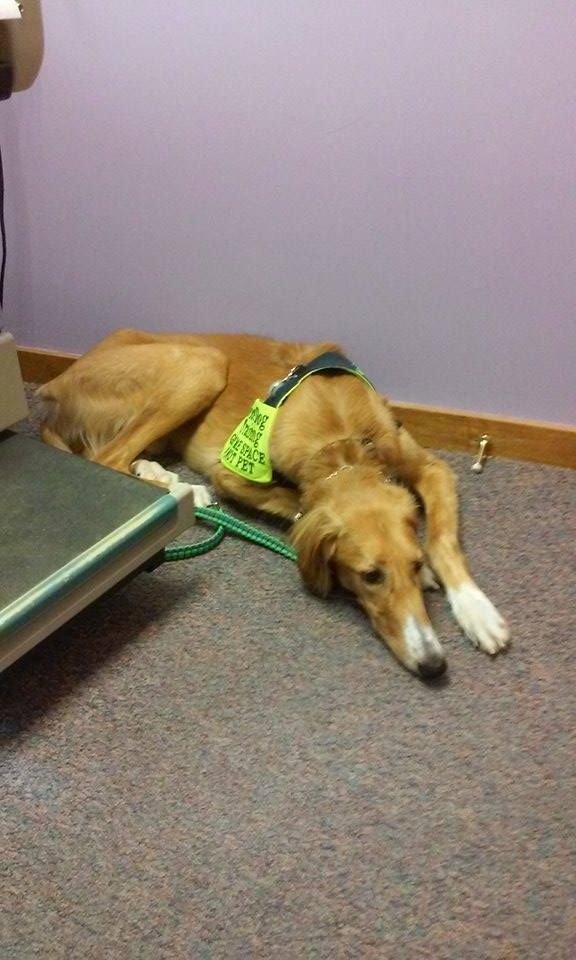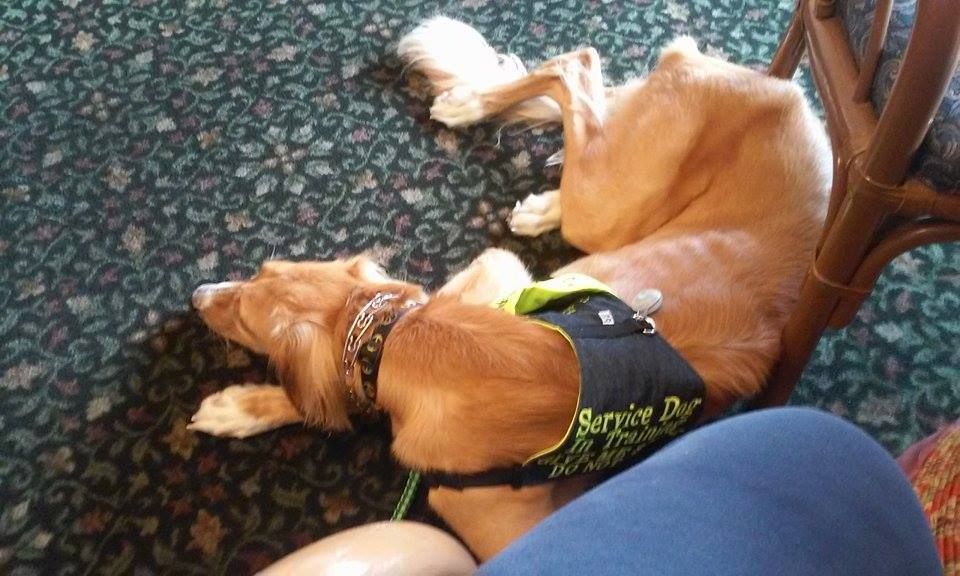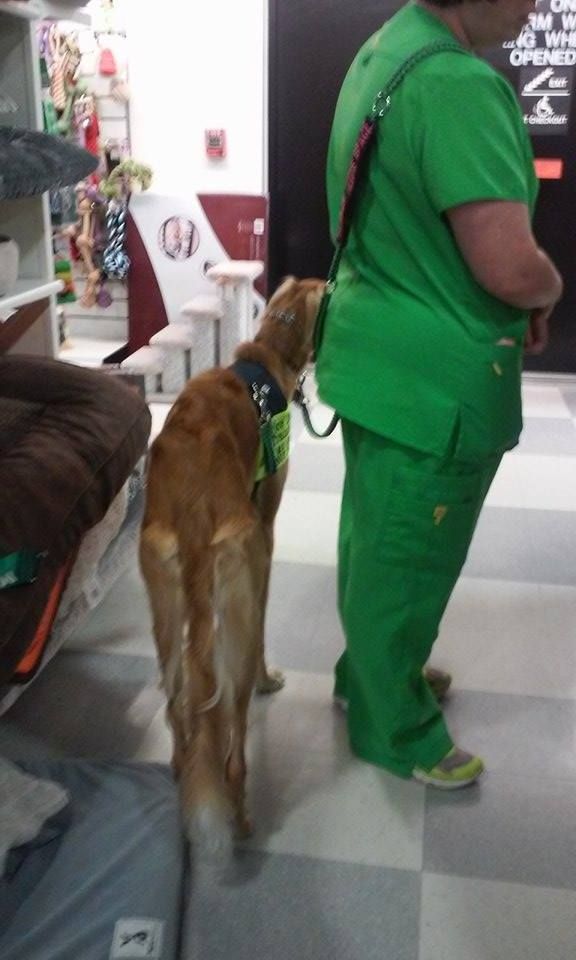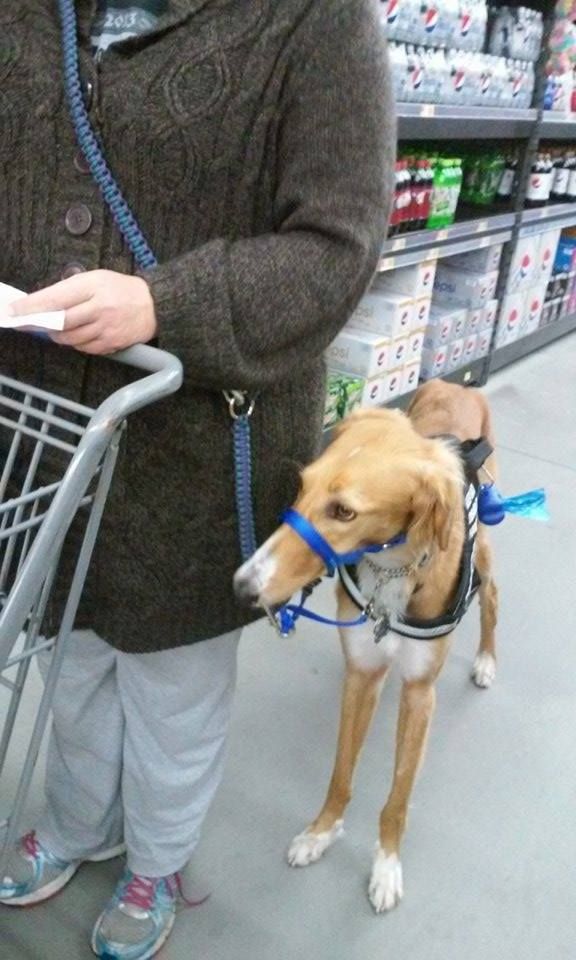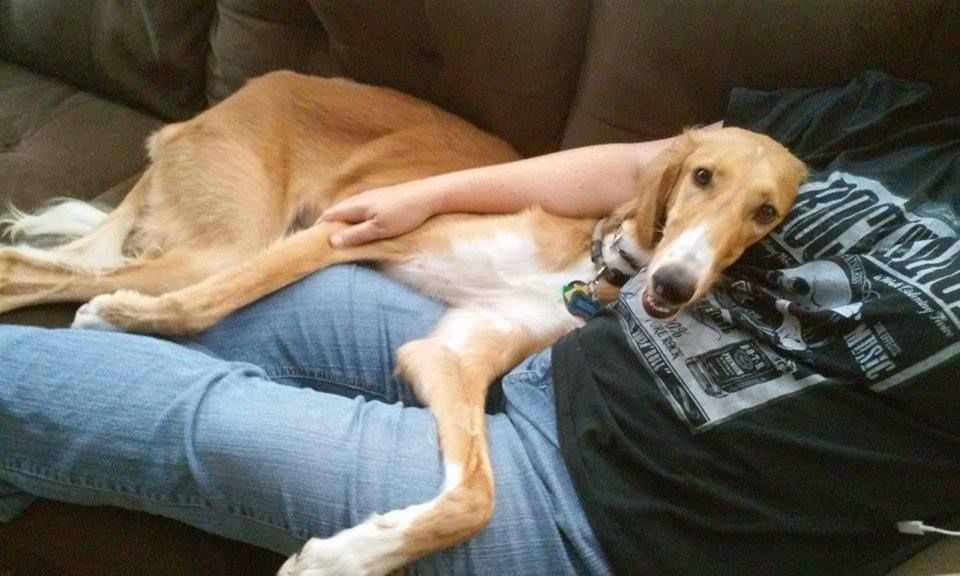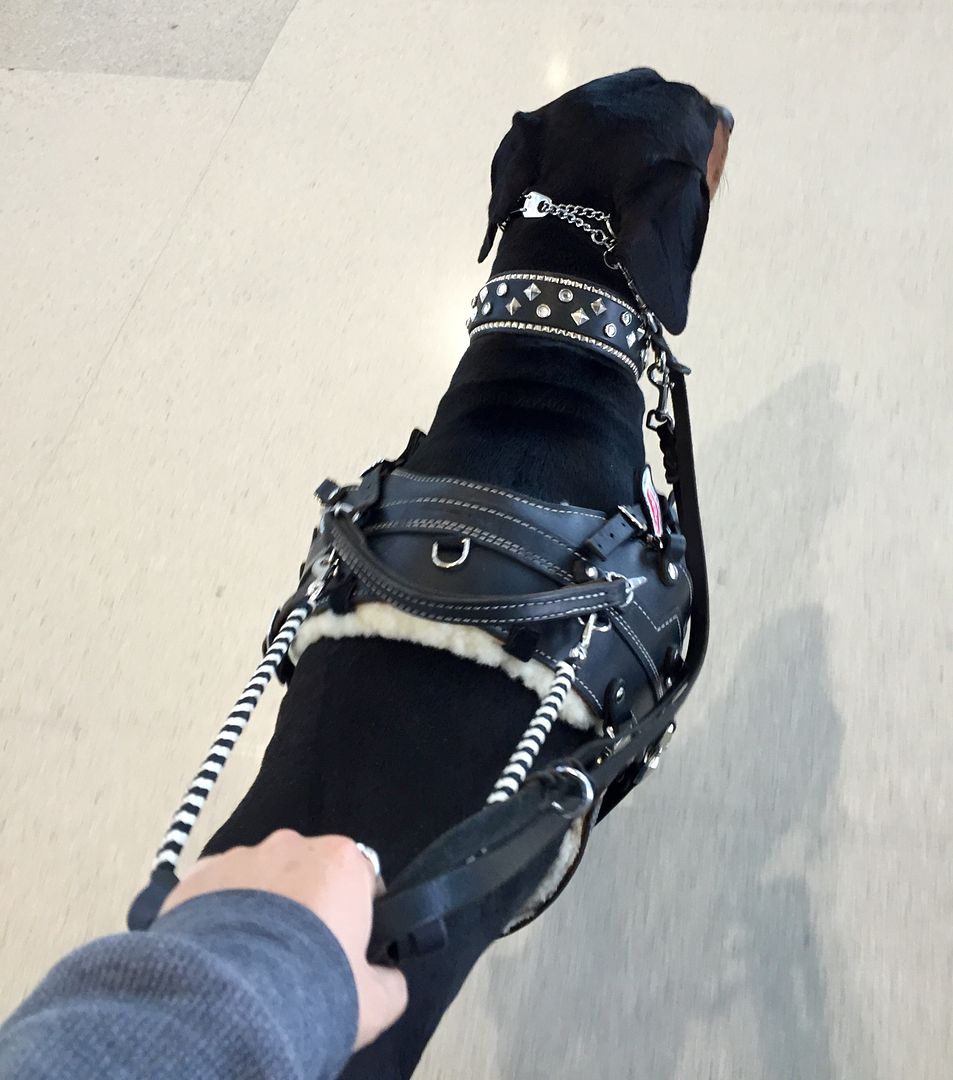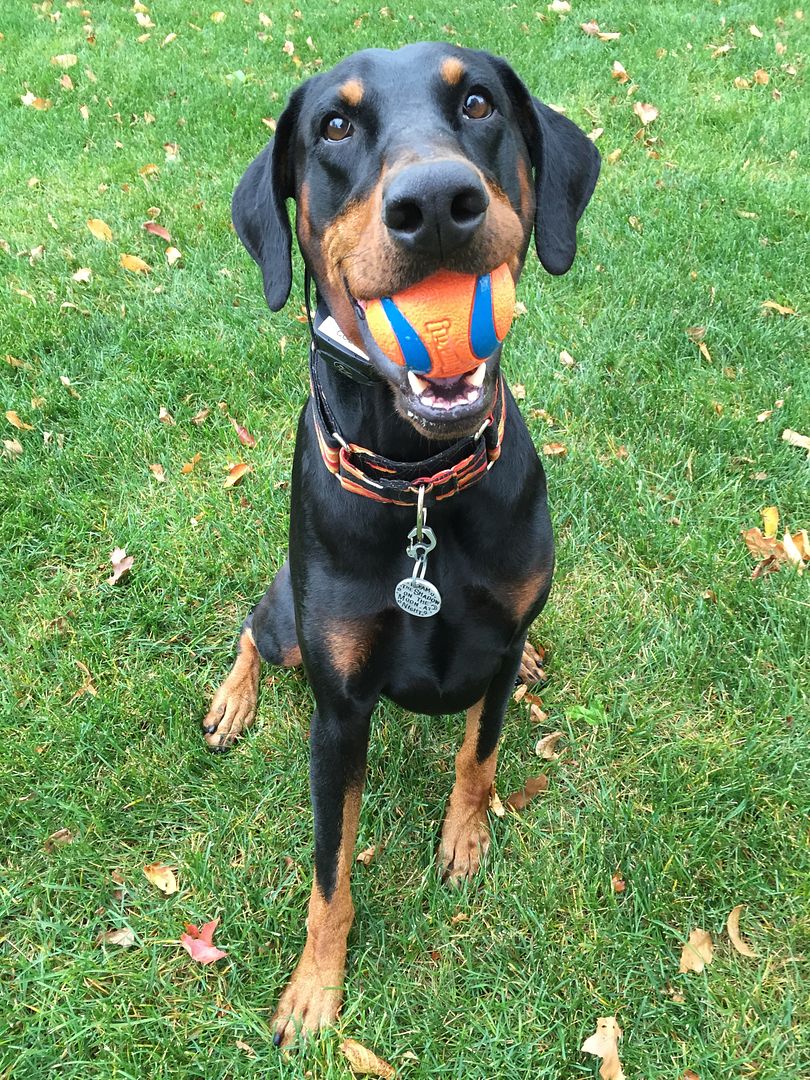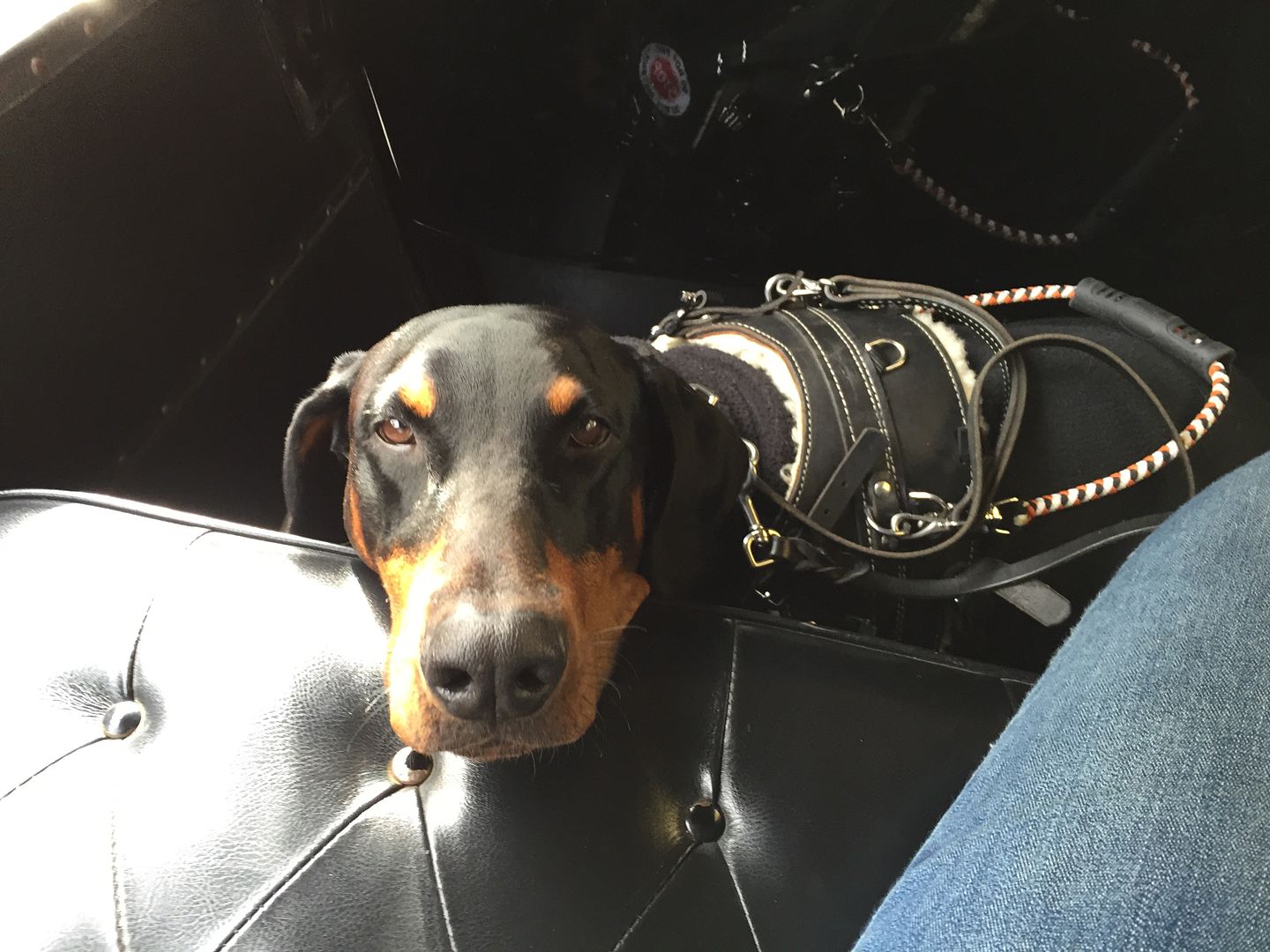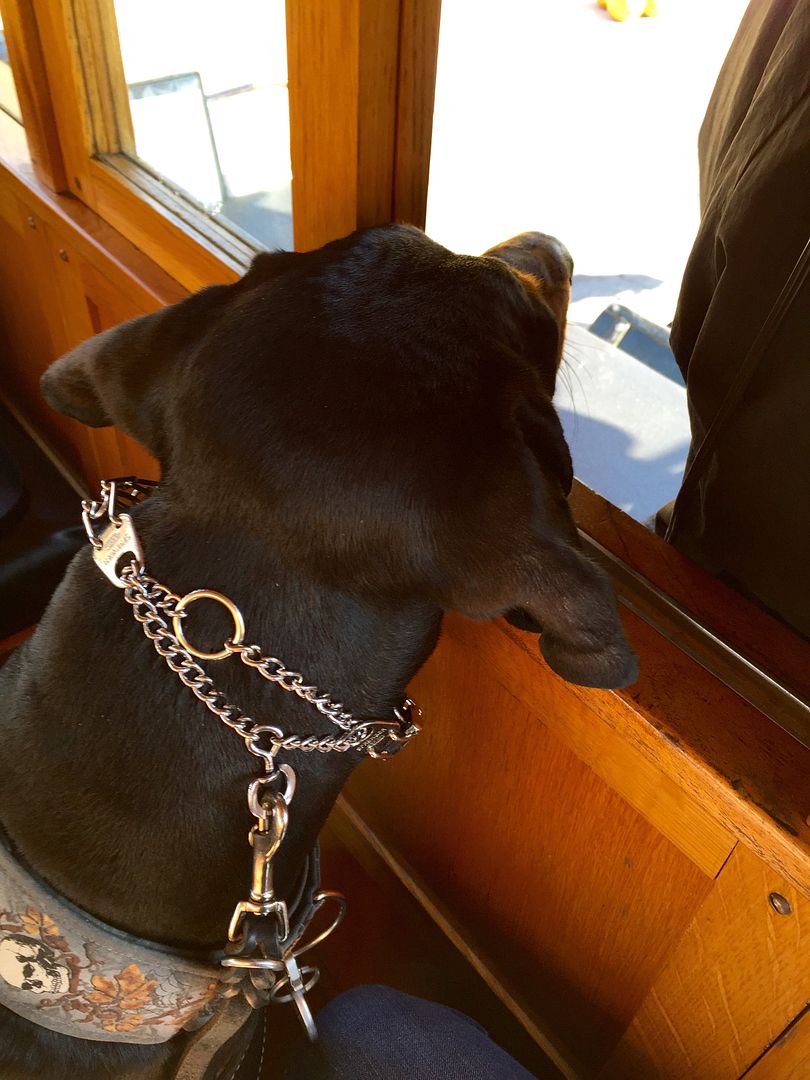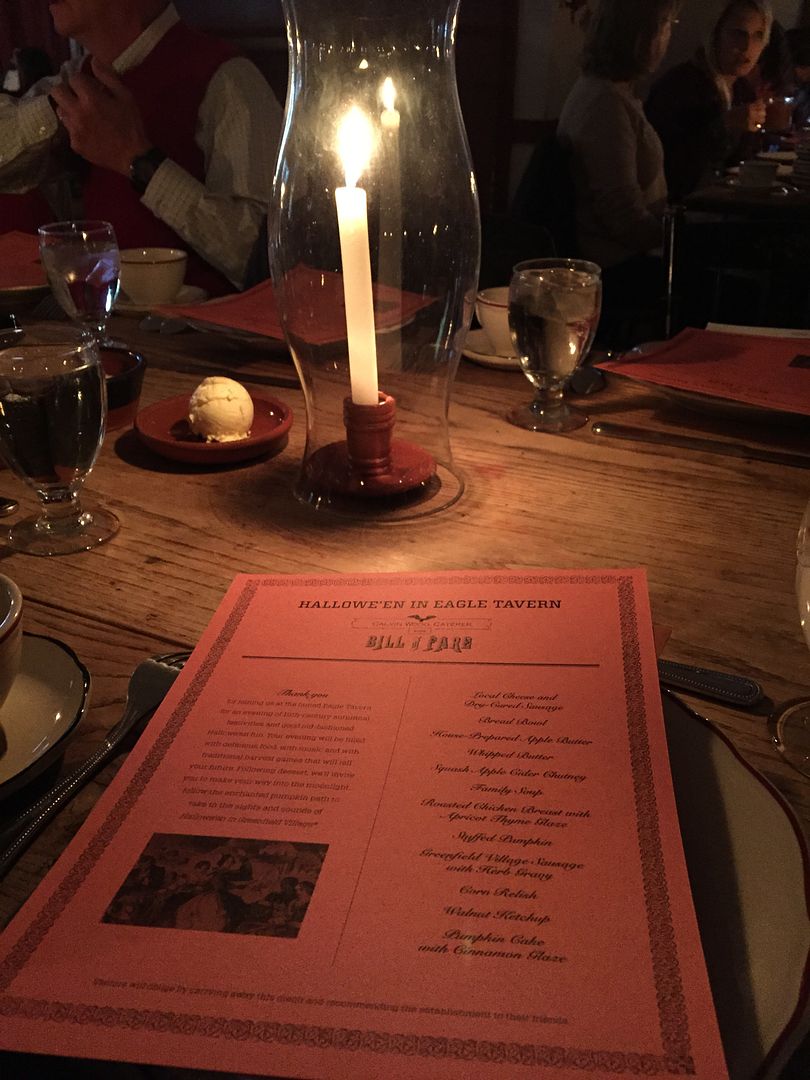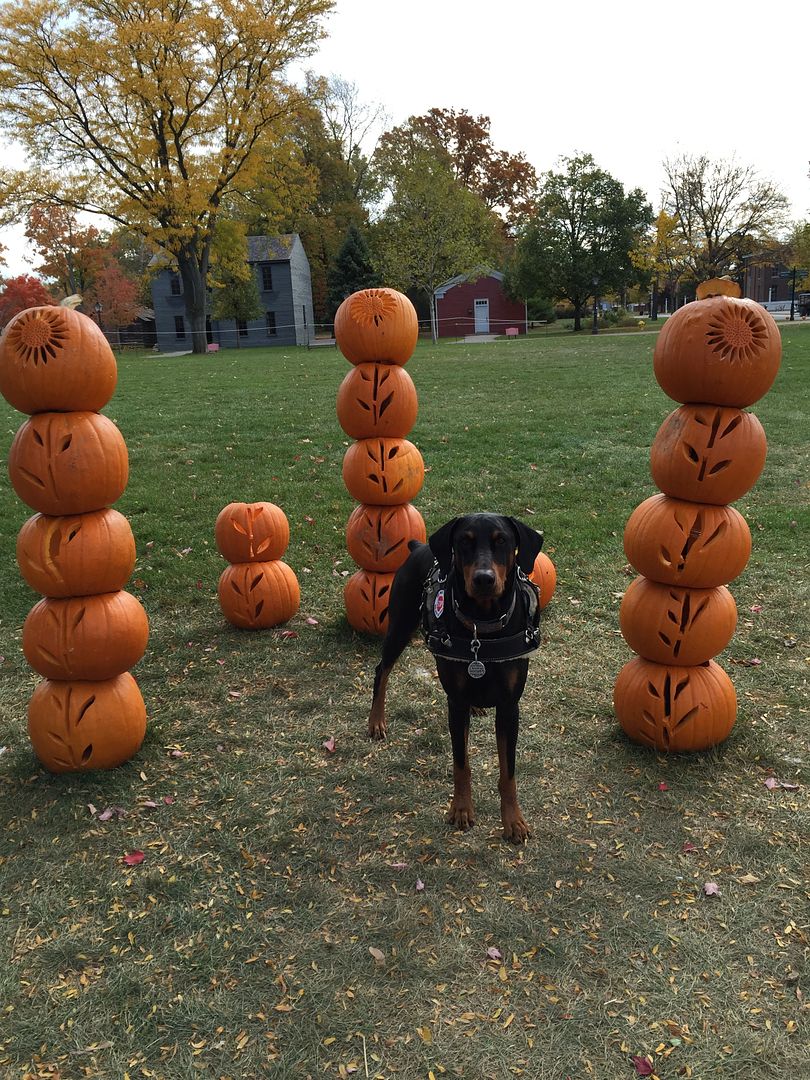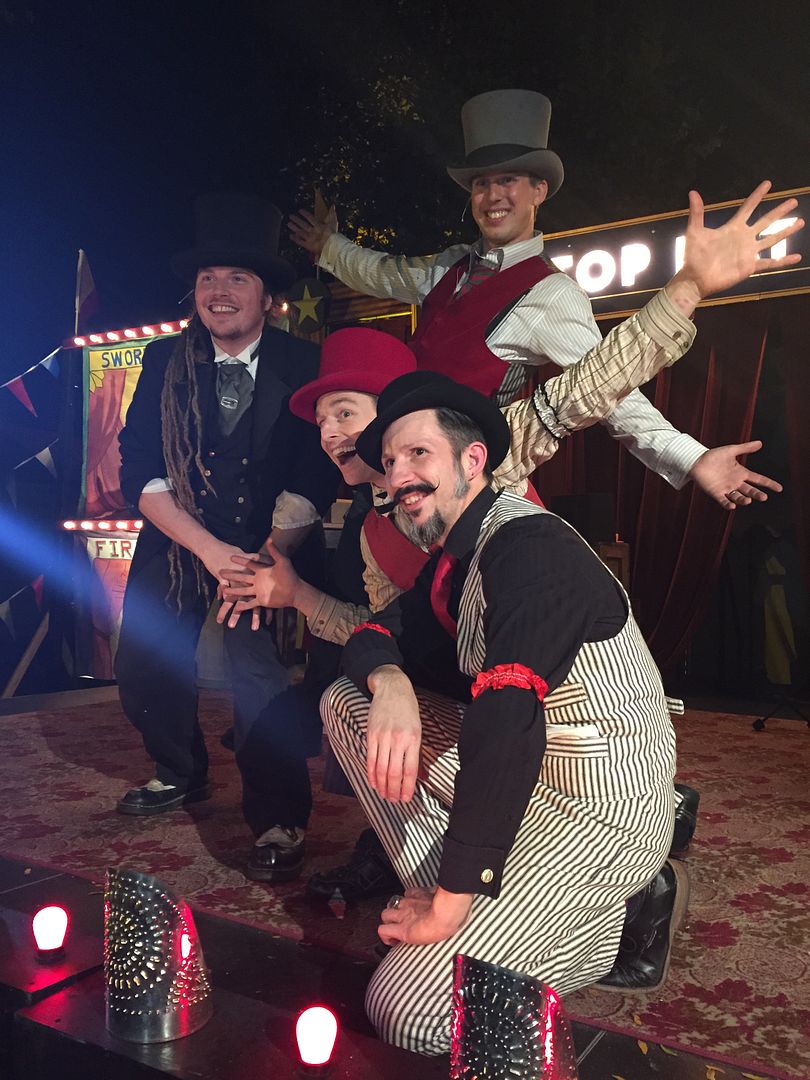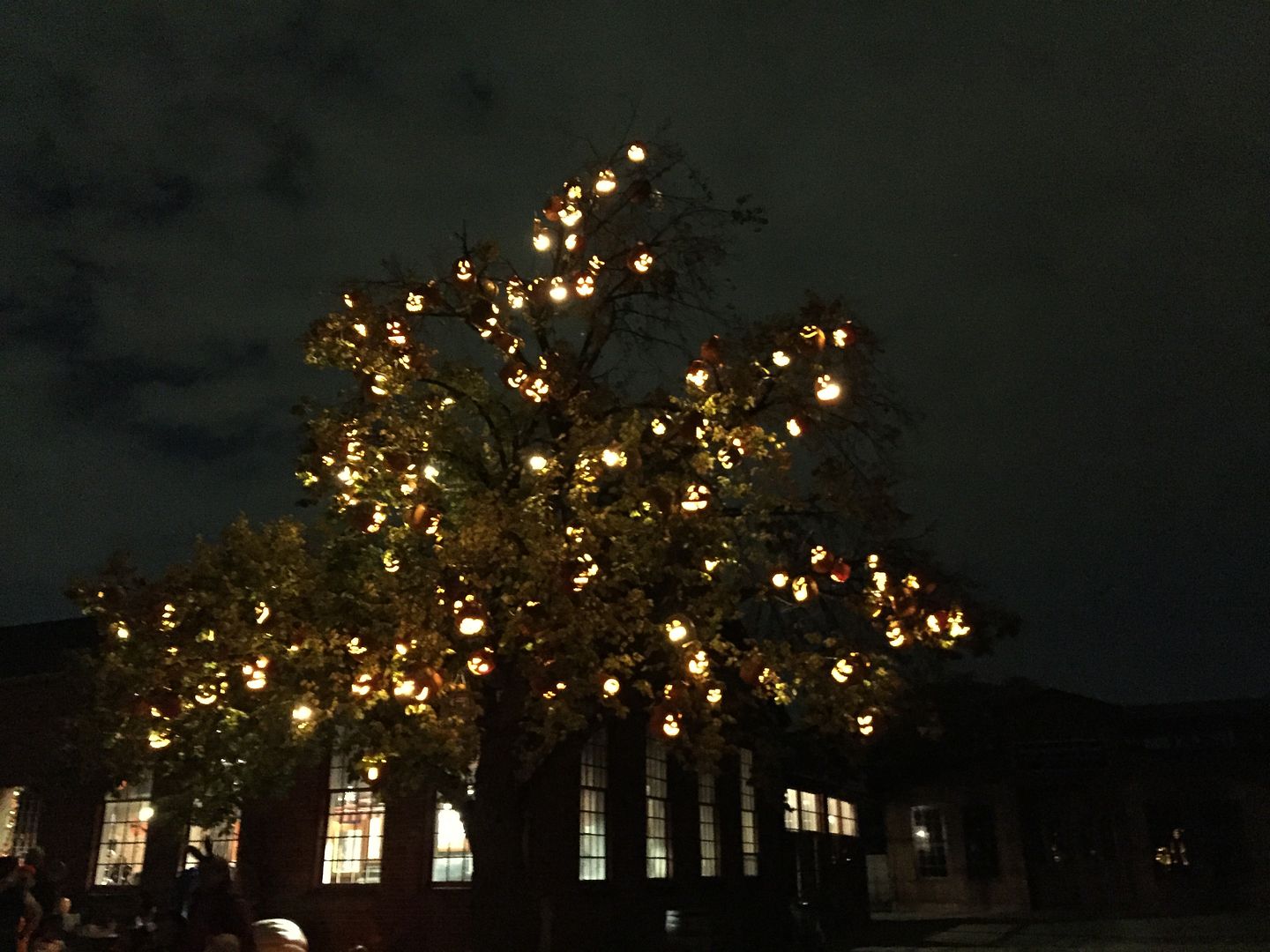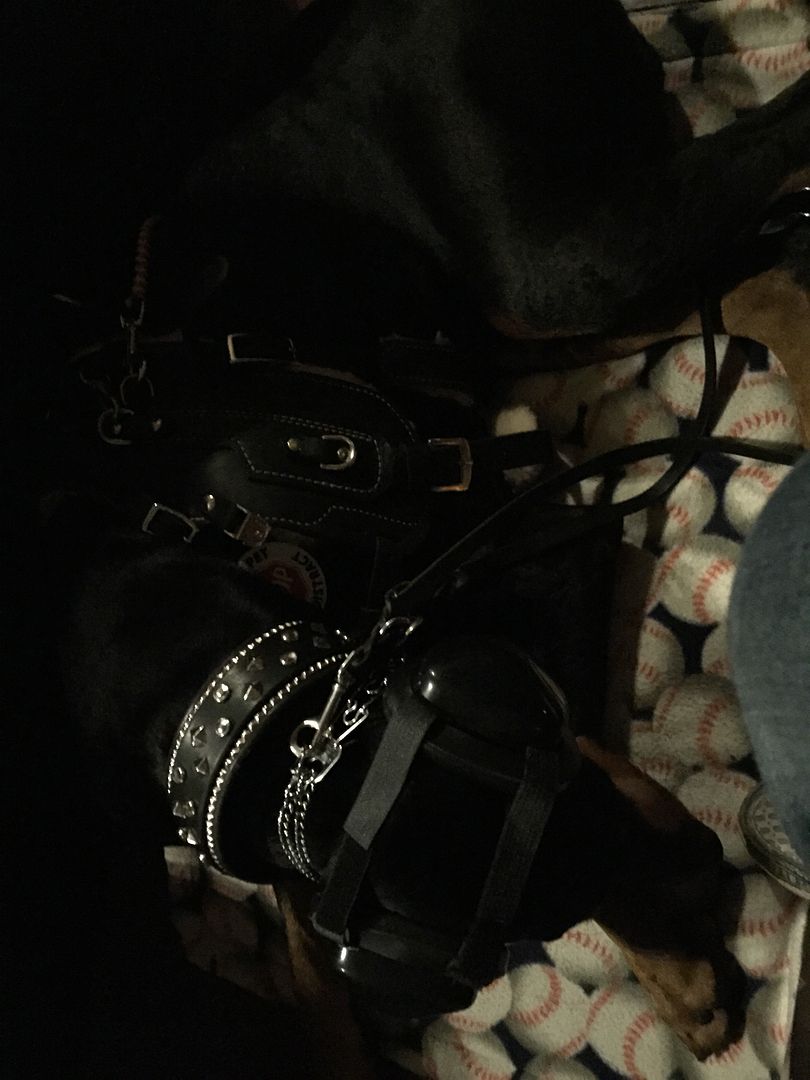Since becoming active in the service dog world through my daughter's needs, I've realized that I would benefit from a service dog.
Before we go too far, I'm an actively practicing registered nurse. I also have disabling conditions. I work 40-60 hours a week in a fast-paced field in nursing. I'm advancing my degree. I drive. I have a disabled child that I have raised alone since she was born. I cook, do laundry, clean, work, and go shopping. I am also a person with physical and psychological conditions that are disabling.
I decided that, after much weighing and measuring, once my daughter's service dog in training was nearly finished I would pursue the service dog route with my healthcare providers. I couldn't simply decide that I had disabling conditions on my own. Diagnosis does not necessarily indicate that you are disabled.
Last year in March my bipolar disorder, severe depression, and PTSD were put into hyperdrive by several things that occurred within a very short period of time—the last one being an attempted armed robbery while working as a hospice nurse. I ended up in a day program for people who experience mental health issues to get things under control as quickly as possible. While I was there, I spoke to the certified mental health NP about the possibility of the benefits of obtaining a service dog candidate to train for myself. She agreed wholeheartedly that not only would I benefit, but it might be a necessity.
I came loaded for bear when I presented the idea to her. A lot of practitioners have no clue that there is a difference between an emotional support animal and a task-trained service dog. I came to her office with printouts, a list of tasks I needed, etc. I was lucky that she was educated in this arena, and she had documented the areas of my life that were impaired by my diagnoses.
Next, I went about thinking about what type of dog would meet my needs, what were my current and probable future needs, did I really want to do the puppy thing yet again, etc. A wonderful friend of mine, Patti, trains retired greyhound racers to help people with disabilities. I was leery of a greyhound. They're so slight. I'm not. They seemed unintelligent, from the few I'd met. Could they actually be taught everything I'd need? Would one meet the ethical guidelines to assist me with mobility? Would it run away? Would it be timid? They look timid compared to the pit bull mixes I'm used to training.
So, I took a leap of faith. I trusted Patti, literally, with my life. We chatted over this hound, the other hound,for months. This one's too small. This one looks too "pet-able". That one just seems too ... everything.
Then Robin Hood, a Saluki-Borzoi mix puppy, came along to the Greyt Hearts Service Dog program. He was bigger than most greyhounds as a puppy. He would grow to be a gentle giant. He was a gangly, elegant, poofy goof. I was hopeful, but didn't want to put all my eggs in one basket. I had had two prospects fall through in the last few months, and I couldn't take another heartbreak. Patti asked me, between the two she had picked for me, which did I want. Robin Hood, now named Ivan, was my tenative pick. Patti was going to get him started for me. I was worn out after training two service dogs for my daughter. I couldn't start from scratch again.
I will never forget when Patti came to drop him off. It was like someone handed me a leash, and at the end of it was my life. My life that I had wanted back for so long. My life where I traveled to big cities, went to movies, shopped for groceries, went for walks, hung out at coffee shops, ate at restaraunts, felt safe at home, all without being in such a panic I became physically ill or feeling absolutely unsafe. It wasn't instantaneous, but it came after a couple months of learning each other.
Ivan came home in July. In September, with great trepidation, I decided we were going to Boston. I was going to travel. It was a trial by fire. A trial he aced. He had never been to a larger city. He was still in training, but he met every new challenge like a champ. We went on the train all over Boston. He had never been on any mode of mass transit, but he was so steady and did his job so well you would have never known. We went to the museums, restaurants, the aquarium—everywhere I had always wanted to go. I hadn't traveled to a big city in at least five years. I couldn't. Even with a "service human," it was difficult and beyond uncomfortable. This trip was how I remembered my "real" life being. When I loved NYC. When I ate wherever I wanted to without requesting a corner booth, to protect my back.
Not every day is a trip to Boston. Some days are mundane things. It's the grocery store trips where I don't feel like people are crowding me, because Ivan is providing a passive buffer between me and other shoppers. The trips through the checkout that used to be so anxiety inducing I'd have panic attacks, but aren't anymore because he's doing his job "watching my six." He will let me know if anyone comes close and block them from coming too close, triggering a panic.
It's him alerting to a rise in anxiety while I'm shopping so I can take a minute and do some breathing exercises to head it off from panic level.
It's coming home, and asking him to make sure there are no intruders in my house, so that I can enter and know that it is safe. It's the little things every day that he is trained to do that make my disabling conditions easier to deal with.
It's him alerting to a rise in anxiety while I'm shopping so I can take a minute and do some breathing exercises to head it off from panic level.
It's coming home, and asking him to make sure there are no intruders in my house, so that I can enter and know that it is safe. It's the little things every day that he is trained to do that make my disabling conditions easier to deal with.
He is my rock. He is the reason I can leave the house and do things most people do without a second thought, but are impossible for me without him. He is the reason I can live some semblance of a normal, happy life again. Is it easy taking a service dog in public? No. The pointing, the invasive questions, the squealing because "he's so cute" are tough to deal with. Without his help, I can't do them. For me, it's worth the extra hassle.
